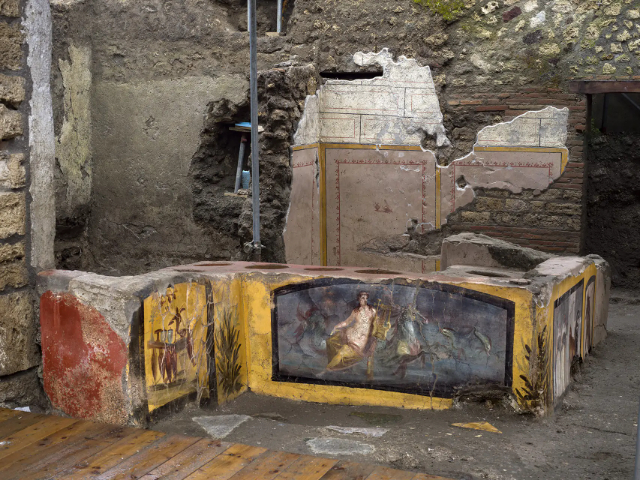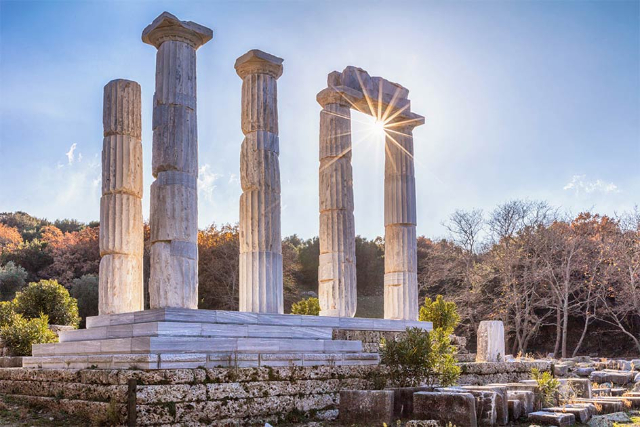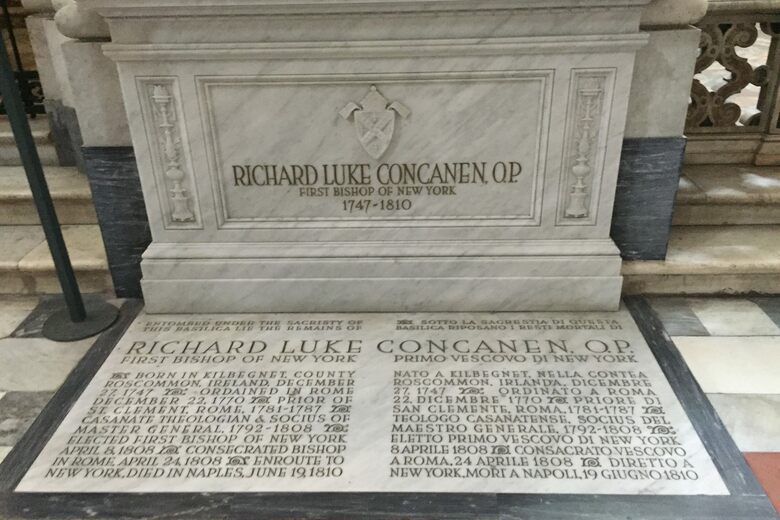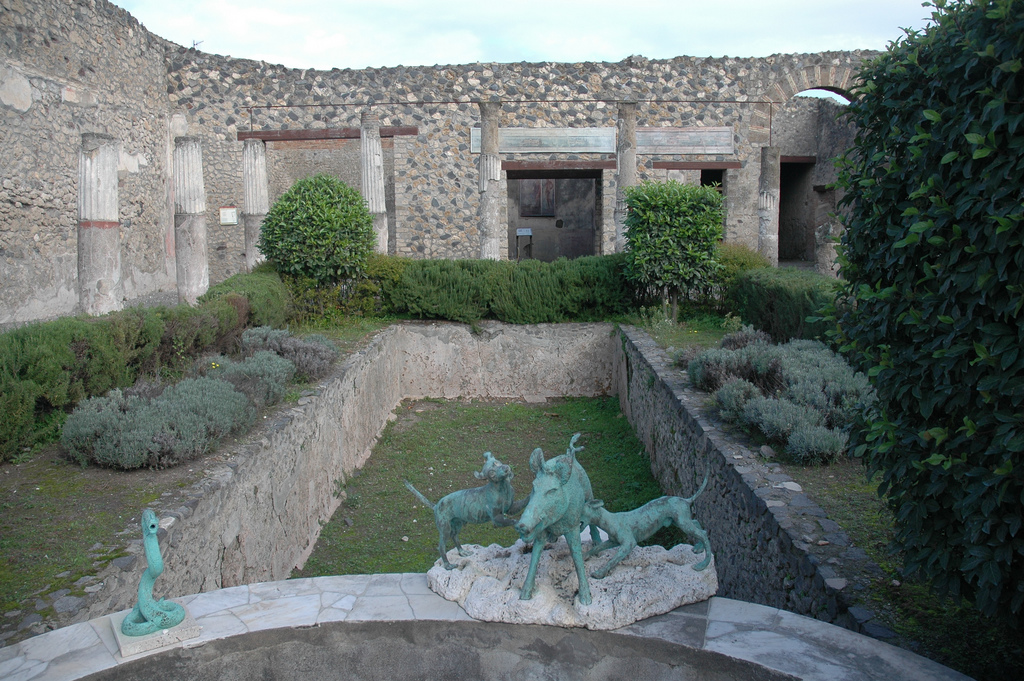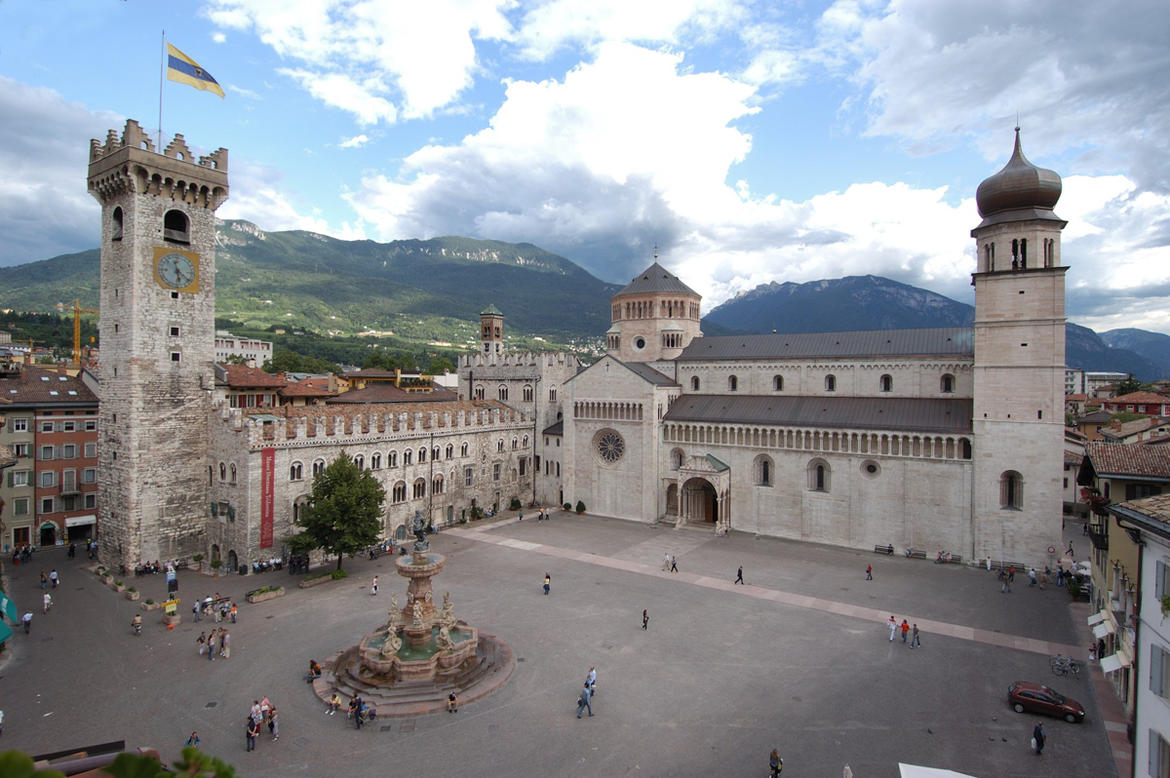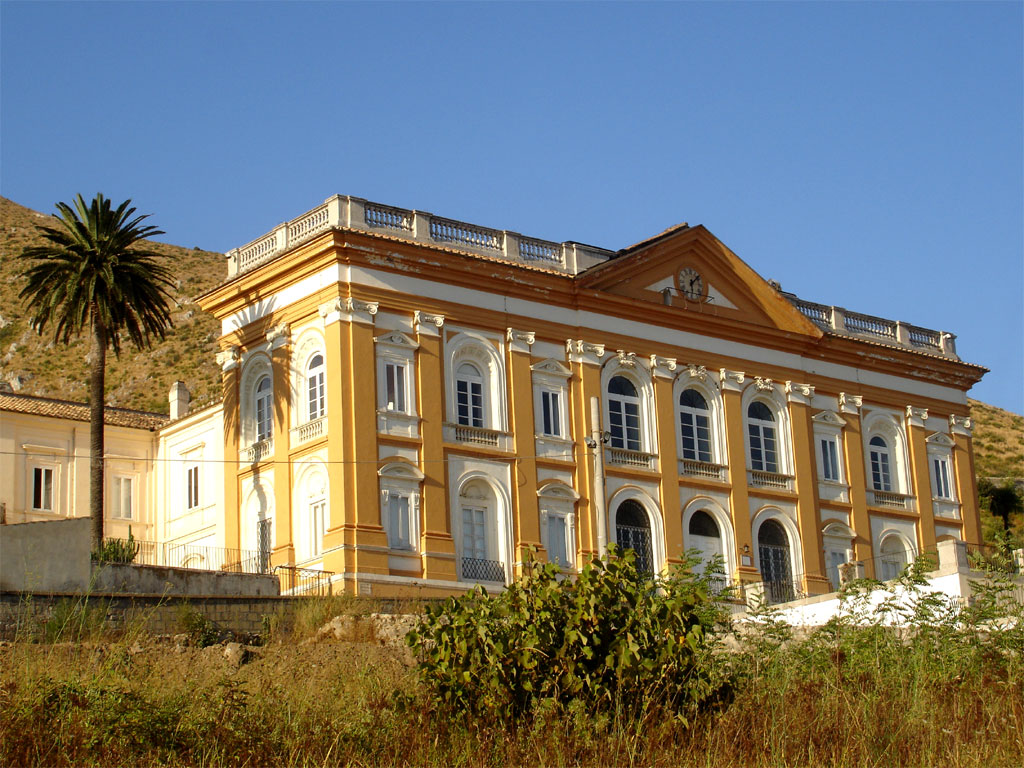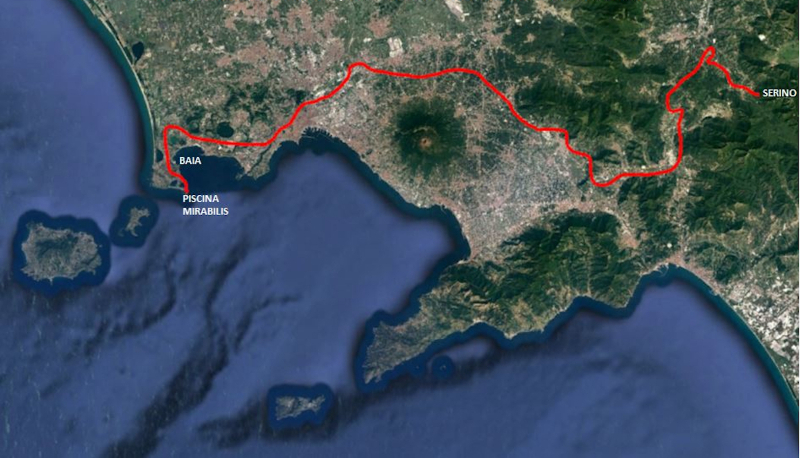The Termopolium was a type of refreshment place widespread in ancient Rome, similar to a modern bar or kiosk, where people could purchase and consume hot drinks and sometimes even ready-to-eat food, either standing or sitting. These places were popular among the Greeks and Romans, with well-known examples in Pompeii, Herculaneum, and Ostia Antica.
The structure of a Termopolium typically consisted of a space of various dimensions, with a long and wide counter lined with marble slabs. Large terracotta amphorae were embedded in the counter to contain hot beverages and food, while other large jars (dolia) were set in place to store additional provisions. These venues were widely spread throughout the Roman Empire, as it was common to have meals away from home.
In the recently discovered Termopolium in Pompeii, various items were unearthed, including nine amphorae, a bronze patera, two flasks, and a common ceramic pot for serving food. The floor was made of cocciopesto, a waterproof coating composed of terracotta fragments, with insets of fragments of polychrome marbles in some areas.
The paintings on the counter of the Termopolium depict the actual foods and drinks sold inside, as evidenced by food fragments found in the containers. Some of the pictorial representations include ducks, pork, goat meat, fish, and land snails, indicating a variety of animal products used in food preparation.
Archaeobotanical analyses have also revealed fragments of deciduous oak, likely part of the structural elements of the counter. Additionally, at the bottom of one of the jars, the presence of intentionally fragmented or ground beans was found, likely used to alter the taste and color of the wine, as described by Apicius in De re Coquinaria.

